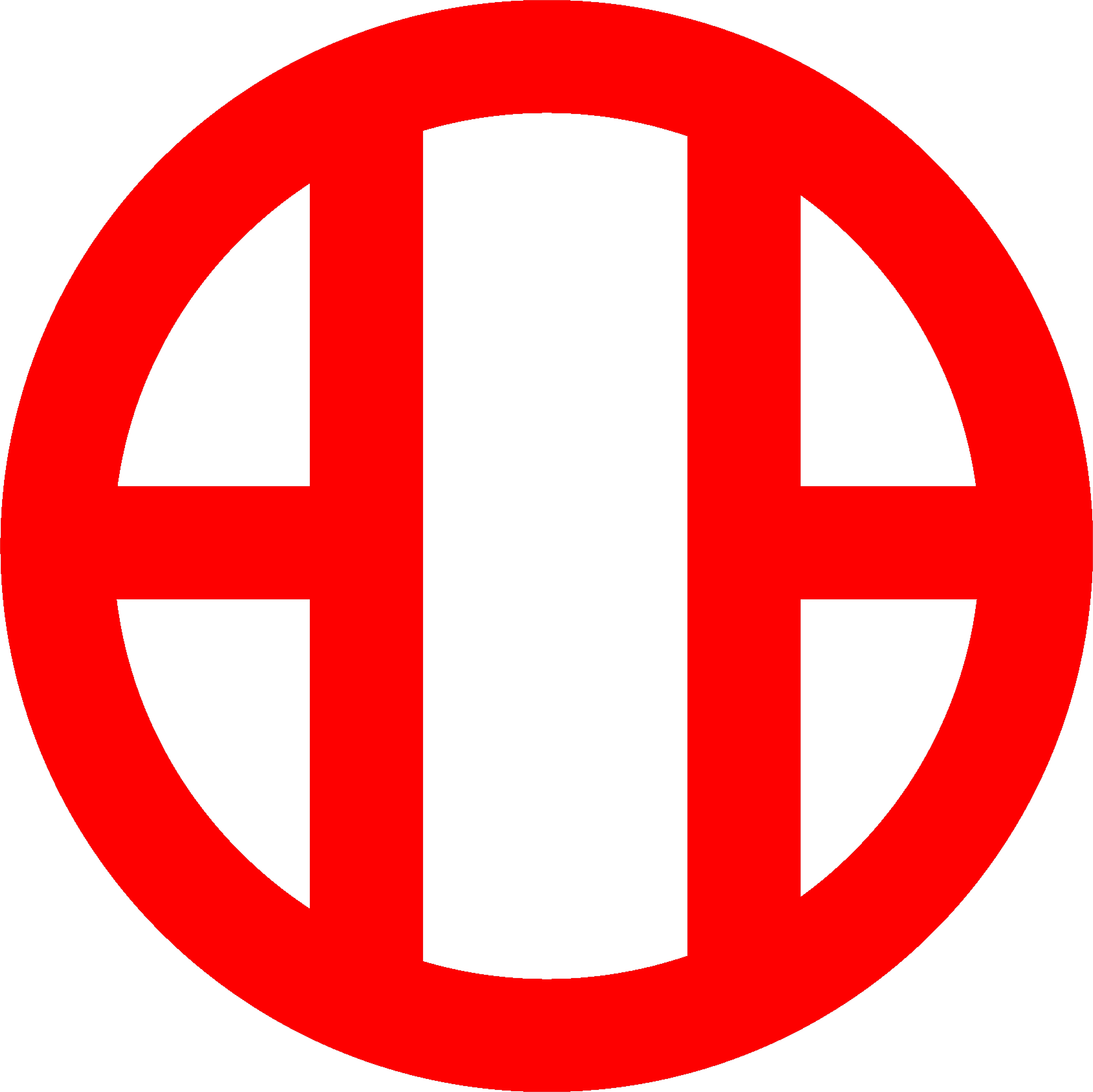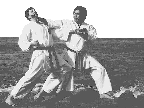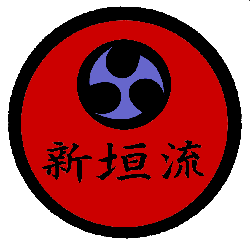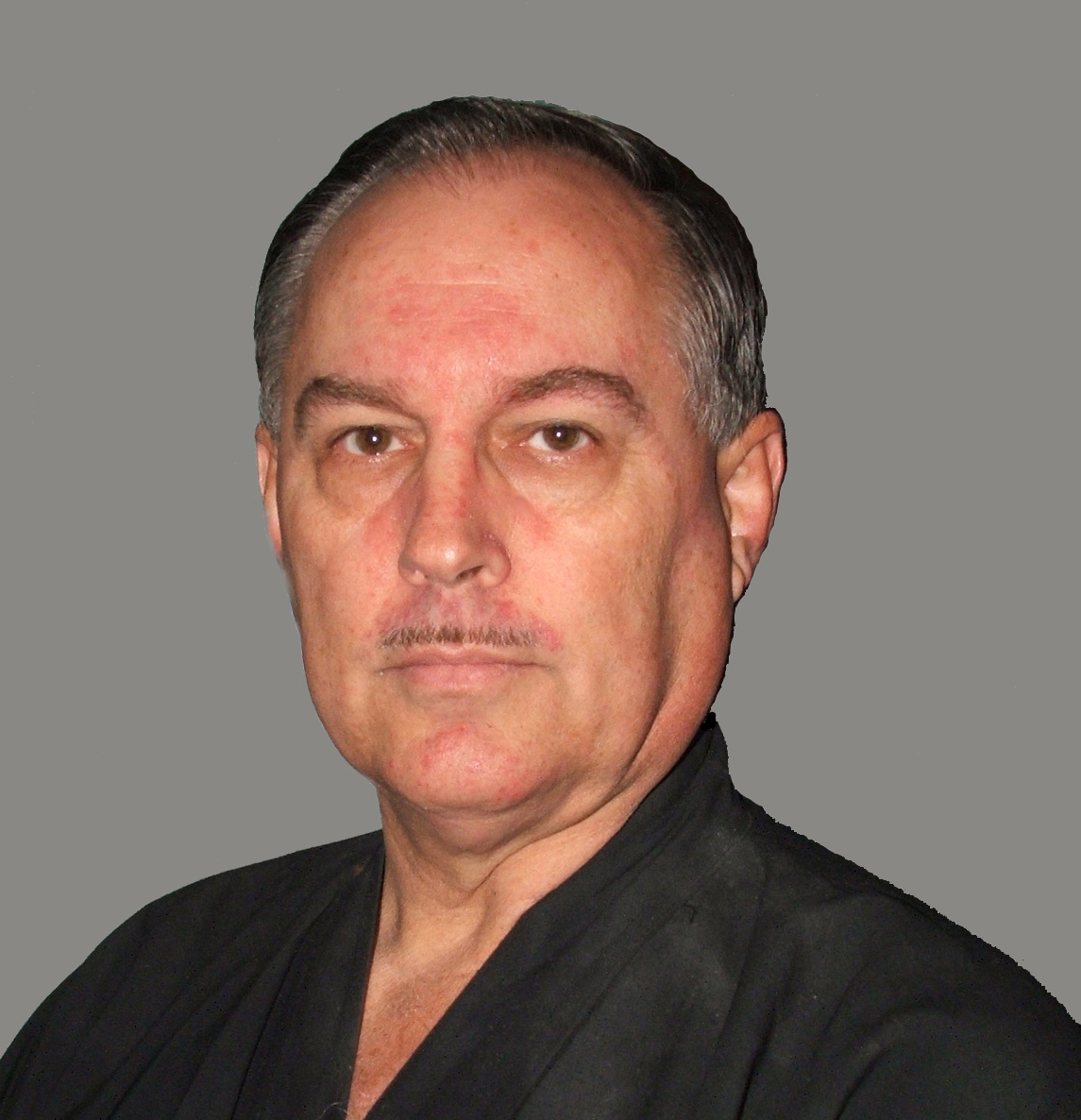Shitō-Ryū Karate-dō
 Shitō-Ryū
is the second most popular style of karate
worldwide. It is also by far the most complete and
comprehensive system of karate. It was
created by Mabuni Kenwa (1889-1952), a
karate master who
was one of only a handful to have been taught all three
of the major branches of karate that existed in the late
19th century. He combined all three of these
styles into a single, multifaceted system. The
name "Shitō-ryū" (糸東流) was
derived from the names of his two most influential
teachers, Itosu Ankō and Higaonna Kanryō.
The 糸 is the "Ito" in Itosu and
the 東 is the "Higa" in Higaonna.
Ryū (流) is usually translated as
"school" or "style", but literally means "flowing from".
So Shitō-ryū means "Itosu-Higaonna
Style", or more poeticaly "the teachings that flow from
Itosu and Higaonna". To
fully understand Shitō-ryū, it helps to know a
little about those three systems that together comprise
its curriculum.
Shitō-Ryū
is the second most popular style of karate
worldwide. It is also by far the most complete and
comprehensive system of karate. It was
created by Mabuni Kenwa (1889-1952), a
karate master who
was one of only a handful to have been taught all three
of the major branches of karate that existed in the late
19th century. He combined all three of these
styles into a single, multifaceted system. The
name "Shitō-ryū" (糸東流) was
derived from the names of his two most influential
teachers, Itosu Ankō and Higaonna Kanryō.
The 糸 is the "Ito" in Itosu and
the 東 is the "Higa" in Higaonna.
Ryū (流) is usually translated as
"school" or "style", but literally means "flowing from".
So Shitō-ryū means "Itosu-Higaonna
Style", or more poeticaly "the teachings that flow from
Itosu and Higaonna". To
fully understand Shitō-ryū, it helps to know a
little about those three systems that together comprise
its curriculum.
The most widely practiced of those styles was ... (read more here)



